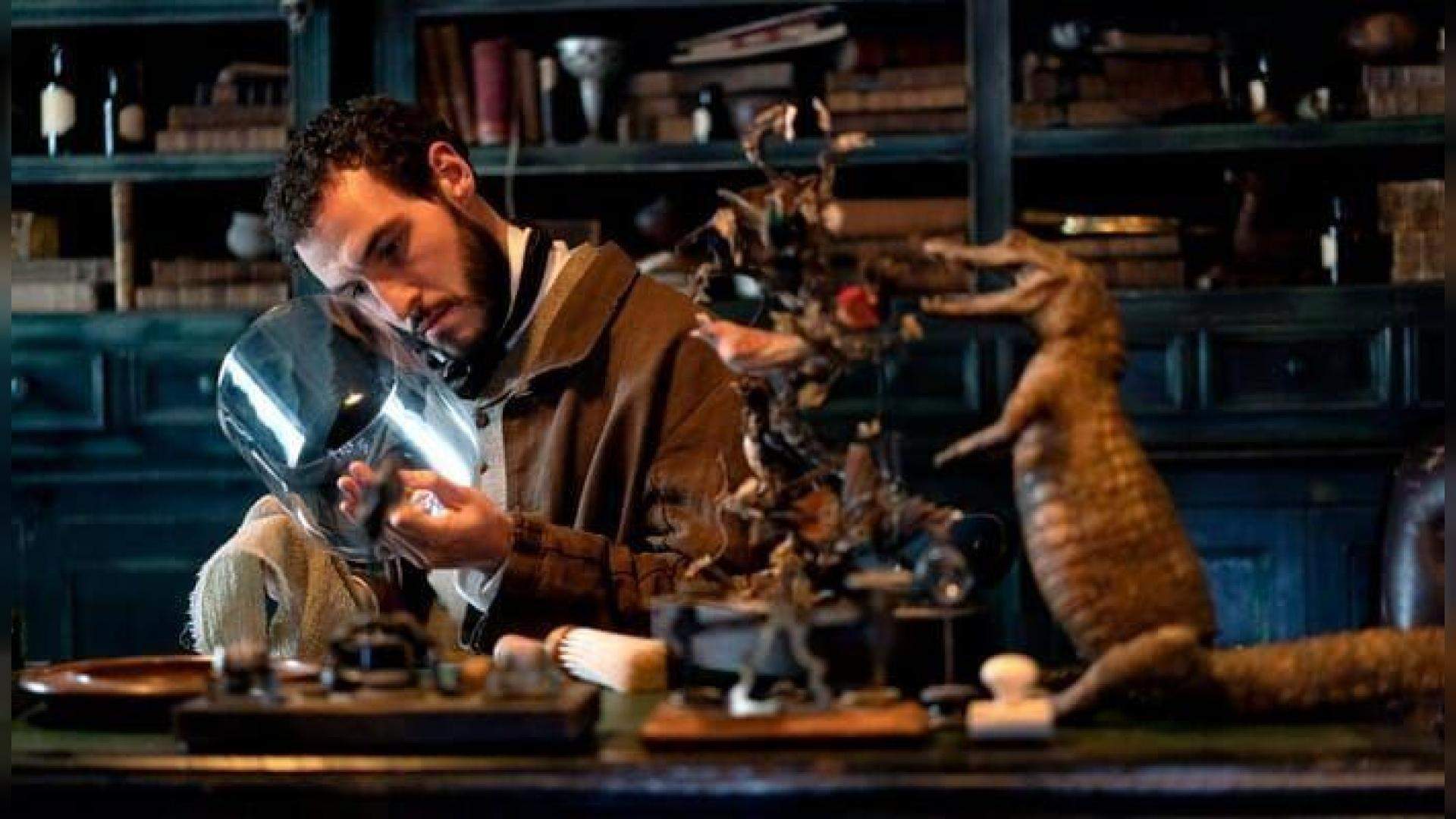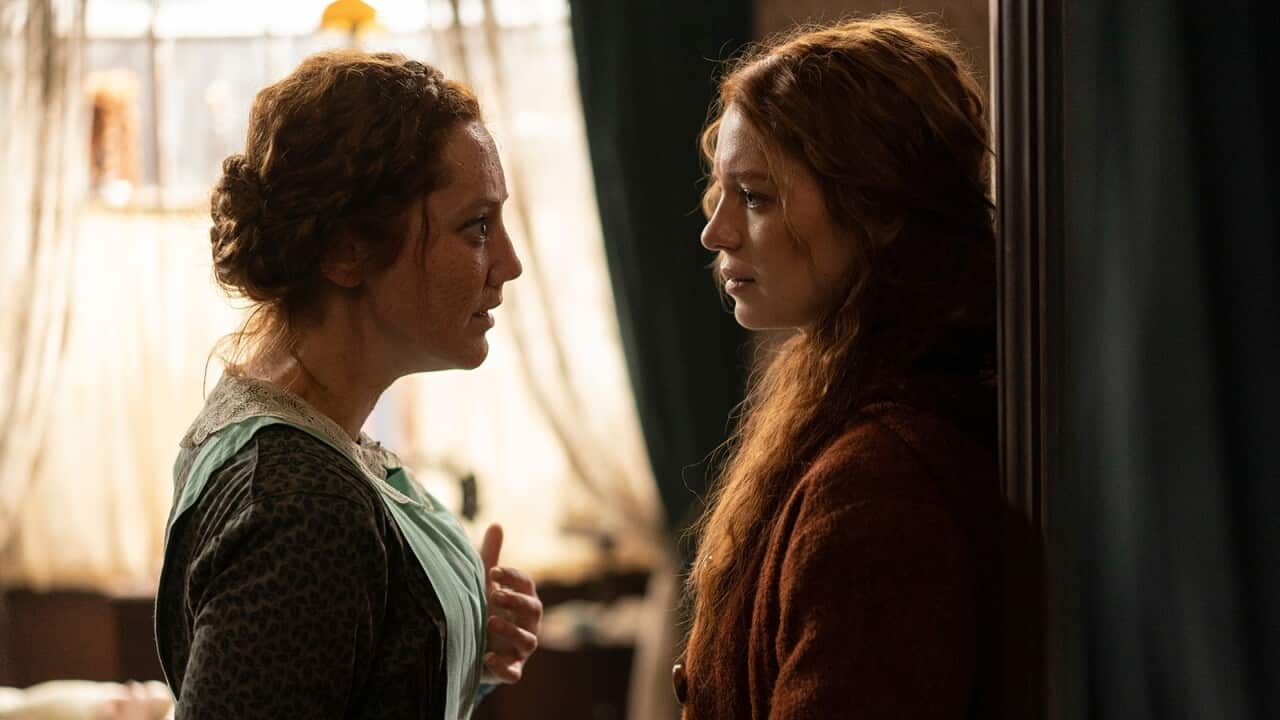The Doll Factory: a picture speaks a thousand words?
The Doll Factory: feast your eyes…
I think one of the main reasons why we’re curious about and seek out visual art is because we want to see things from a different perspective. That’s a very simplified statement of what I’m sure is an extensive academic debate, but I know it’s why I’m drawn to the arts myself. Whether that’s pictures or films or otherwise, the arts in their various forms give us the most immediate and literal means of seeing differently. We see through the eyes and lenses of others, and in so seeing we wonder about how we are connected to and disconnected from each other. Why are we drawn to some arts and artists over others? How can subjects worlds away from us - real and unreal - feel familiar, or present, or important in some way?
This sense of legacy and insight is one of the key throughlines of Elizabeth Macneal’s novel The Doll Factory, where aspiring painter Iris Whittle meets the (fictional) Pre-Raphaelite artist Louis Frost. As you might imagine, they fall in love and battle their various demons, under the obsessive eye of taxidermist Silas Reed - a twisted artist himself. For Macneal’s characters, their encounters with one another open doors into new ways of seeing and being. Class and gender and Victorian propriety separate as they connect the characters in a web of exchange, learning and art.
In some ways we get the sense that some boundaries between individuals’ experiences are insurmountable. Louis may never be able to understand Iris’ struggle to be able to be an independent artist separate from her dependence on him for income, resources, and connections. They can, nevertheless, share their love for the craft and the achievement and freedom they feel their art affords them. Silas, too, understands that feeling in his own warped way, but his delusion and obsession prevent him from knowing the feelings that Iris and Louis share in their relationship. Instead, Silas is deeply discomfiting, violent, and dangerous. And yet art connects them all in ways that defy sense.
So to then adapt Macneal’s novel for the screen makes total sense. The paintings created by the Pre-Raphaelite Brotherhood which feature in the novel are of course visual artworks, and Macneal’s main characters are painters and visual artists. Those paintings tell stories with no words, depict characters who cannot have conversations with us, and yet are able to move us in their silence and stillness. What better form in which to retell Macneal’s story than a visual one?
The show is full of very clever camera work which puts us outside our bodies. Sometimes we are in the bodies of others, seeing from their point of view, sometimes we see them as they are perceived by others, sometimes we see what they want us to see, sometimes we aren’t even looking through human eyes. What might it be like to be a moth fluttering about the macabre workshop of Silas Reed, full of dead things, to catch his eye and be subjected to slow asphyxiation inside a bell jar? What might it be like to peer through keyholes at things we aren’t supposed to see? To hallucinate a relationship with a woman who neither knows nor cares who you are? These are all things we see on screen over the course of The Doll Factory, and they have the capacity to utterly change the direction we think things are going in at any given point. We become more selective with our trust and loyalty, more critical and suspicious.
In some ways this is the camera setting up the mystery and thriller elements of the story for the audience, but I do think it’s fundamental to the storytelling. When we’re given so many different points of view, it’s up to us as audience members to choose how we interpret what we’ve been given. How do we reconcile the things we see with what we feel, and can those things be concurrent? Is it really possible to see things from another’s perspective?The Doll Factory is a lush, dark Victorian thriller, but this is no mere period drama. Look out, for all is not as it seems…




Comments
Post a Comment